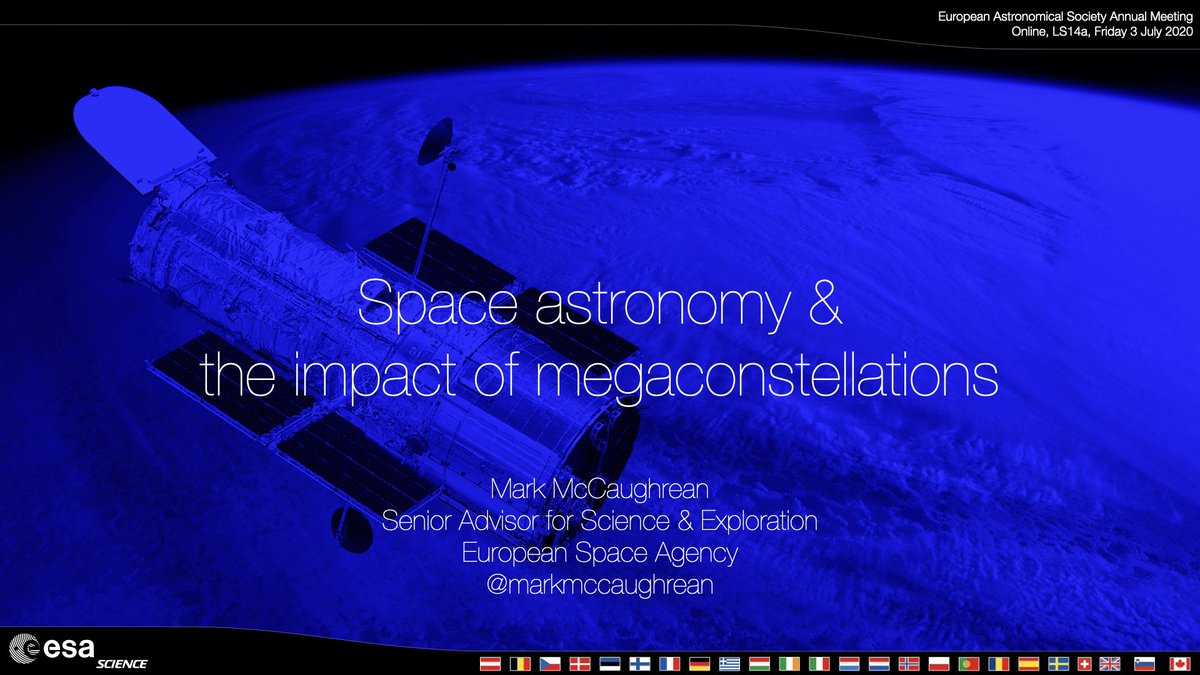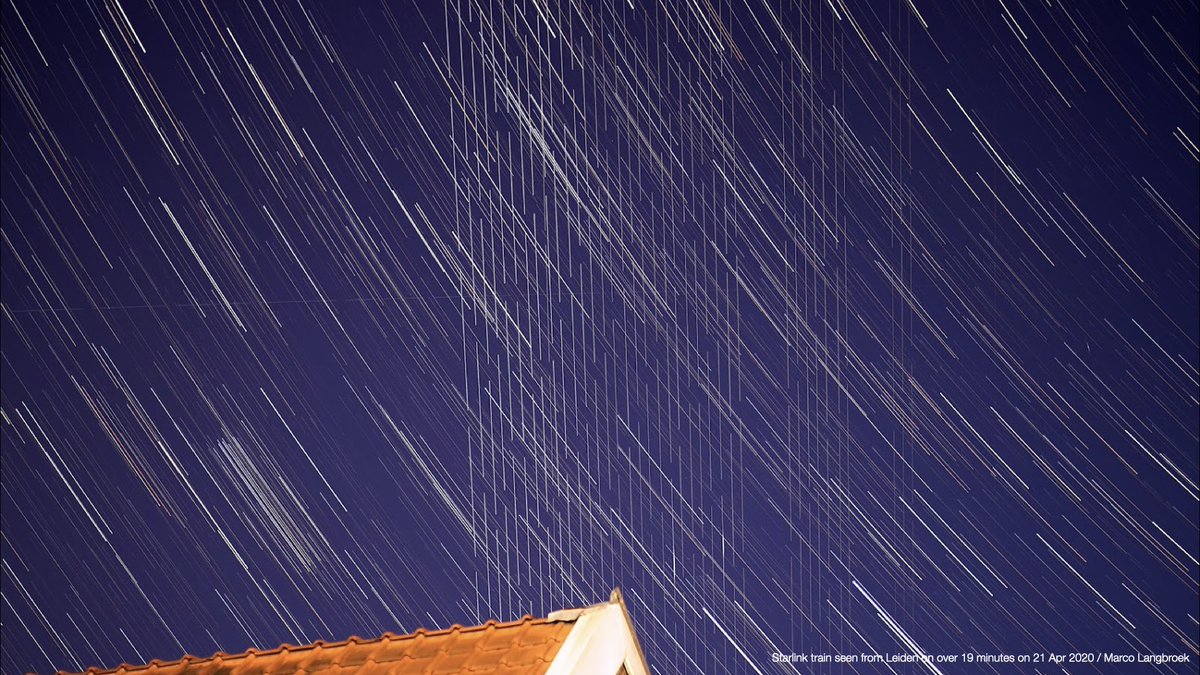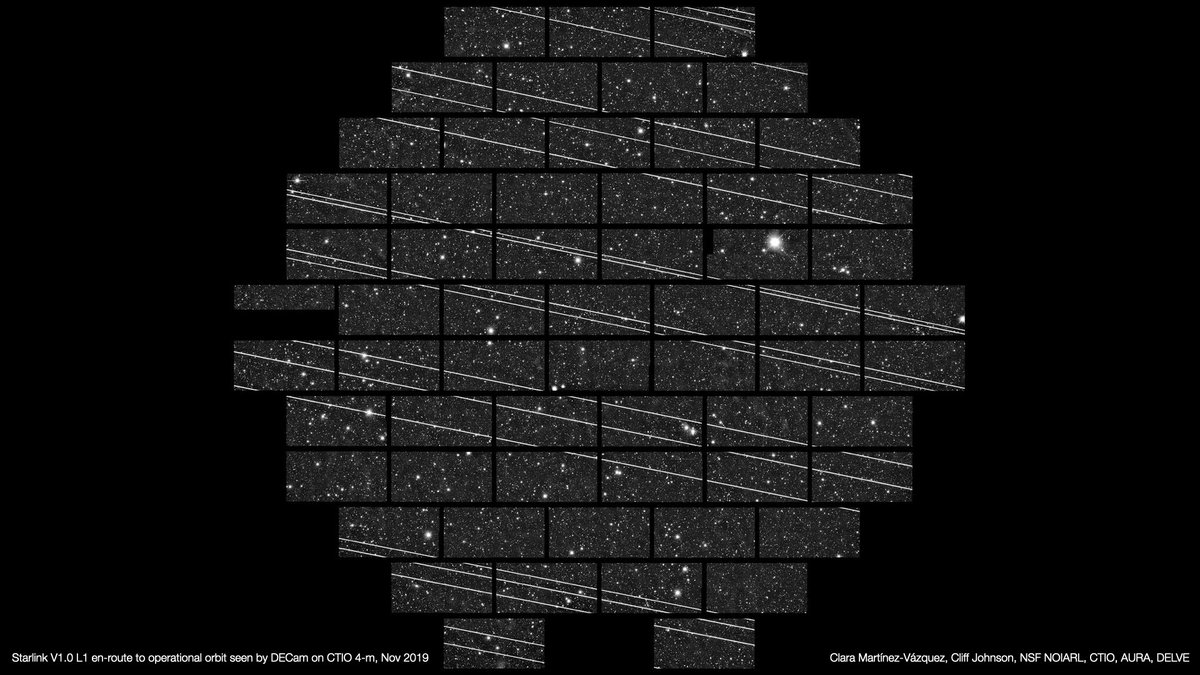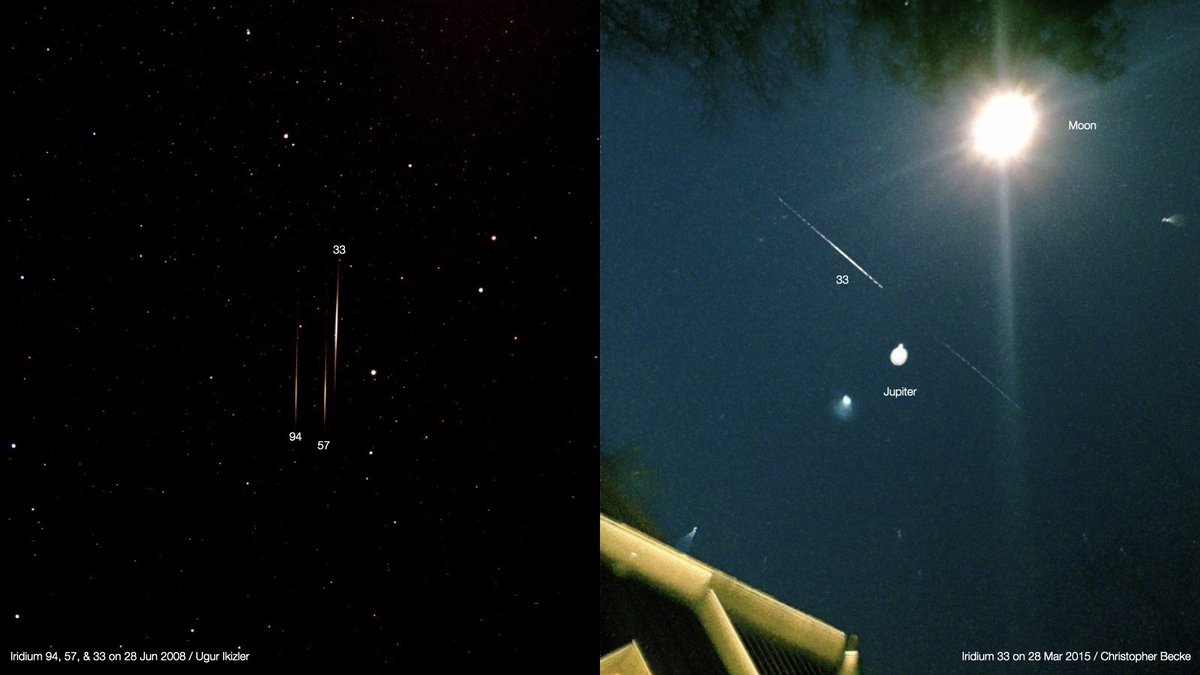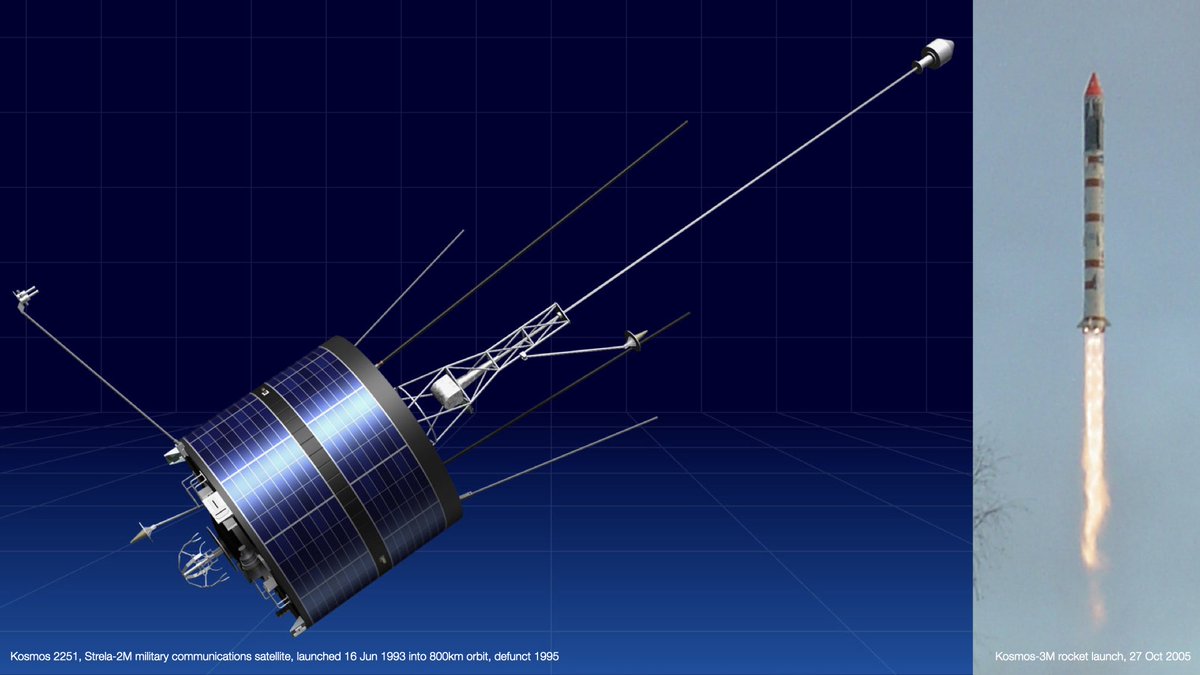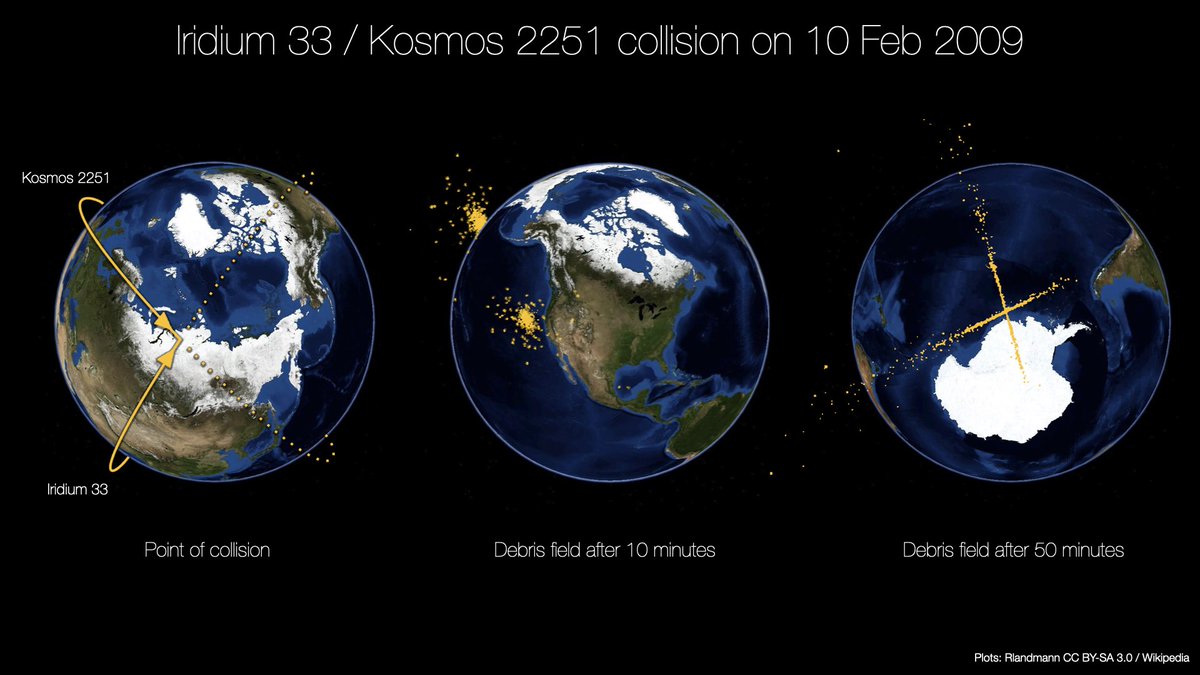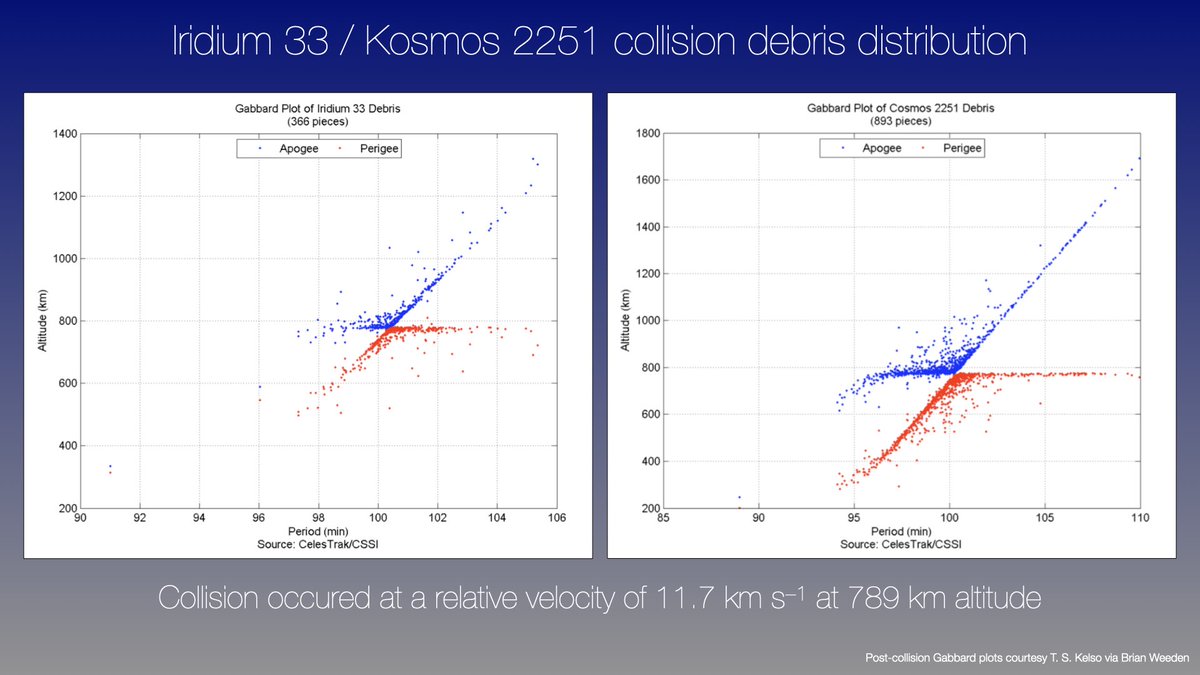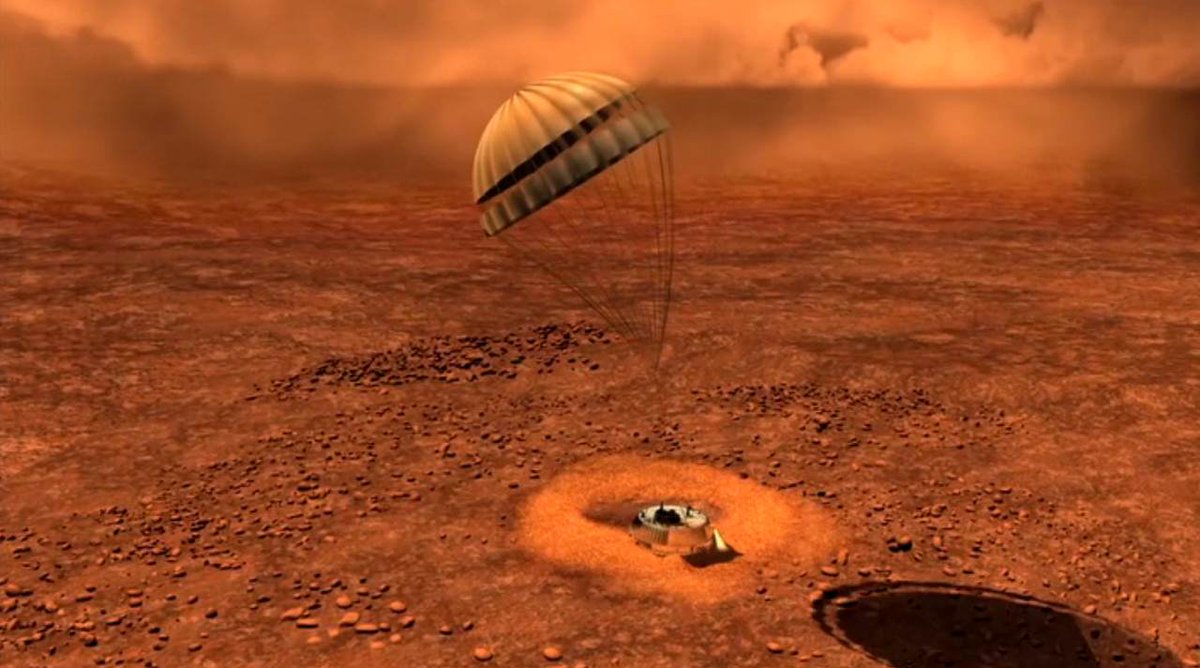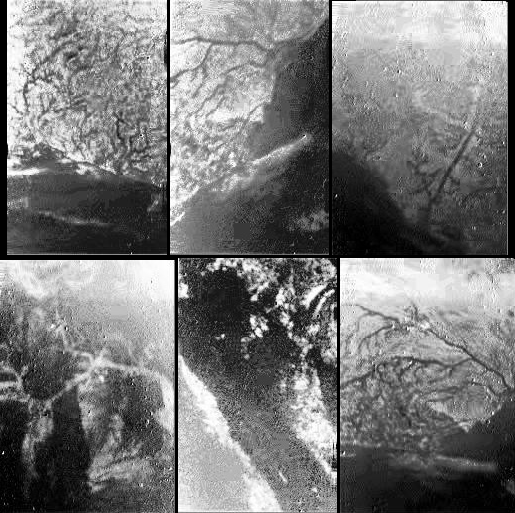
Cosmic detective story time 🕵️♂️🕵️♀️
Remember that @ESASolarOrbiter movie released yesterday, showing Venus, Earth, & Mars as the spacecraft cruised along last November? 🛰
Turns out there's a fourth planet in there: Uranus 🙂
The tale of how it was spotted is worth telling 👍
1/
Remember that @ESASolarOrbiter movie released yesterday, showing Venus, Earth, & Mars as the spacecraft cruised along last November? 🛰
Turns out there's a fourth planet in there: Uranus 🙂
The tale of how it was spotted is worth telling 👍
1/
@ESASolarOrbiter The original movie, made from 22 hours of images taken by the SoloHI instrument on #SolarOrbiter clearly showed Venus, Earth, & Mars moving against the stellar background as the spacecraft & planets moved on their orbits.
2/
2/
https://twitter.com/ESASolarOrbiter/status/1354067873514344455
@ESASolarOrbiter The movie was posted in several places, including on the Facebook page of @RAL_Space_STFC, one of @esa's partners in the mission. In a comment on that post, James Thursa posed an interesting question. He asked whether Uranus was also in the image.
3/
facebook.com/pg/RAL.Space/p…
3/
facebook.com/pg/RAL.Space/p…
@ESASolarOrbiter @RAL_Space_STFC @esa (I don't & have never had a Facebook account, so can't post a link to the actual post or James' question, apparently, but hey, such is life in the social media slow lane. You can find it easily enough 🤷♂️).
4/
4/
@ESASolarOrbiter @RAL_Space_STFC @esa What James had spotted was an object in the lower-left corner also moving against the background stars, similar to Earth & Mars.
He checked planetary positions for 18 Nov 2020 & saw that Uranus would be in the background of this shot somewhere, so posed his question online.
5/
He checked planetary positions for 18 Nov 2020 & saw that Uranus would be in the background of this shot somewhere, so posed his question online.
5/
@ESASolarOrbiter @RAL_Space_STFC @esa Elaine Ford forwarded the question to @kainoeske of @esa science comms, & after a quick check, he thought indeed it might be Uranus. He asked Robin Colaninno, the SoloHI PI at @USNRL for a comment, & asked me too, because knows I'm a pixelhead who enjoys a puzzle 😜
6/
6/
@ESASolarOrbiter @RAL_Space_STFC @esa @kainoeske @USNRL I had a quick play in the Celestia planetarium programme & also saw that Uranus would be in the field somewhere & could be this object. Robin was more cautious though, saying it wasn't moving as predicted by their spacecraft models. She also thought Uranus would be too faint.
7/
7/
@ESASolarOrbiter @RAL_Space_STFC @esa @kainoeske @USNRL I wasn't sure about the brightness argument: Uranus is mag 6 from Earth & thus should be just a bit fainter from #SolarOrbiter, which was inside the orbit of Earth on the other side of the Sun at the time. The SoloHI images seem to go much fainter than that.
8/
8/
@ESASolarOrbiter @RAL_Space_STFC @esa @kainoeske @USNRL So after dinner, I had another try. I screenshotted the first image in the movie & stuck it into astrometry.net. That quickly revealed that the constellation of Aries was in the background. That helped me to line things up in Celestia much more accurately.
9/
9/
@ESASolarOrbiter @RAL_Space_STFC @esa @kainoeske @USNRL After lots of faffing to get the viewing point at the same place as #SolarOrbiter, so that Venus, Earth, & Mars lined up exactly against the background stars, I got a match. Uranus wasn't James' no-move mystery object at lower-left, but was nevertheless visible 😎
10/
10/

@ESASolarOrbiter @RAL_Space_STFC @esa @kainoeske @USNRL The previous pair of images showed the real sky & Celestia version at the start of the movie sequence: the images below show my best fit for the end of the movie, 22 hours later. Still works nicely 👍
11/
11/

@ESASolarOrbiter @RAL_Space_STFC @esa @kainoeske @USNRL So, while Venus, Earth, & Mars move quite a bit against the background stars, the much more distant Uranus barely moves at all. Nevertheless, it does move – indeed, I had spotted it earlier by rapidly scrolling the movie, but wondered if I was seeing things 😳
12/
12/
@ESASolarOrbiter @RAL_Space_STFC @esa @kainoeske @USNRL Here's a zoom in of the original SoloHI movie, made overnight by Phil Hess on the SoloHI team, & centred on Uranus. Watch carefully: it moves very slightly to the left relative to the stars in the background 👍
13/
13/
@ESASolarOrbiter @RAL_Space_STFC @esa @kainoeske @USNRL BTW, the black thing moving from right to left in the image is a detector artefact, as the camera effectively pans across the sky as the spacecraft moves.
Which brings us back to the question of what James' original mystery object was.
14/
Which brings us back to the question of what James' original mystery object was.
14/
@ESASolarOrbiter @RAL_Space_STFC @esa @kainoeske @USNRL If you watch the original movie carefully, the mystery object doesn't move at all relative to the frame boundaries. That strongly suggests that it is also a detector artefact, stuck at the same pixel position, & not something cosmic.
15/
15/
@ESASolarOrbiter @RAL_Space_STFC @esa @kainoeske @USNRL I mean, admittedly, it's a weird one – it's not just a single hot pixel & has a similar appearance in the full movie to many of the stars around it. It'll be interesting to find out whether the SoloHI team find the same artefact there in other image sequences.
16/
16/
@ESASolarOrbiter @RAL_Space_STFC @esa @kainoeske @USNRL And of course, that's partly the point: the whole of the @esasolarorbiter team are getting to know their spacecraft & instruments after launch last February. They're in the cruise phase still, making Venus flybys & with the main science phase starting only later this year.
17/
17/
@ESASolarOrbiter @RAL_Space_STFC @esa @kainoeske @USNRL So this is all good: the SoloHI team are using images like these to learn about their instrument performance in space, both "the bad" (artefacts) & "the good", i.e. that the camera is indeed sensitive enough to see Uranus, despite Robin's initial scepticism 🙂
18/
18/
@ESASolarOrbiter @RAL_Space_STFC @esa @kainoeske @USNRL Indeed, SoloHI should even be able to see Neptune at mag~8 at some later juncture when the Sun, stars, & planets align accordingly. Not Pluto though: at mag~14, it's below my rough sensitivity guesstimate of mag~12 in these images. But then Pluto's not a planet anyway 😉
19/
19/
@ESASolarOrbiter @RAL_Space_STFC @esa @kainoeske @USNRL So, thanks to James for raising the question, to Elaine & Kai for forwarding it on, to Robin & Phil for helping confirm what I discovered, & to the devs behind Celestia, astrometry.net, & more, whose tools helped with this detective story.
20/
20/
@ESASolarOrbiter @RAL_Space_STFC @esa @kainoeske @USNRL And thanks too, of course, to the whole @esa/@nasa #SolarOrbiter team for a great spacecraft & instruments, & these early data.
Roll on the main science mission, studying the Sun & heliosphere from close up & in unprecedented detail 🌞🛰
21/21
esa.int/Science_Explor…
Roll on the main science mission, studying the Sun & heliosphere from close up & in unprecedented detail 🌞🛰
21/21
esa.int/Science_Explor…
• • •
Missing some Tweet in this thread? You can try to
force a refresh

